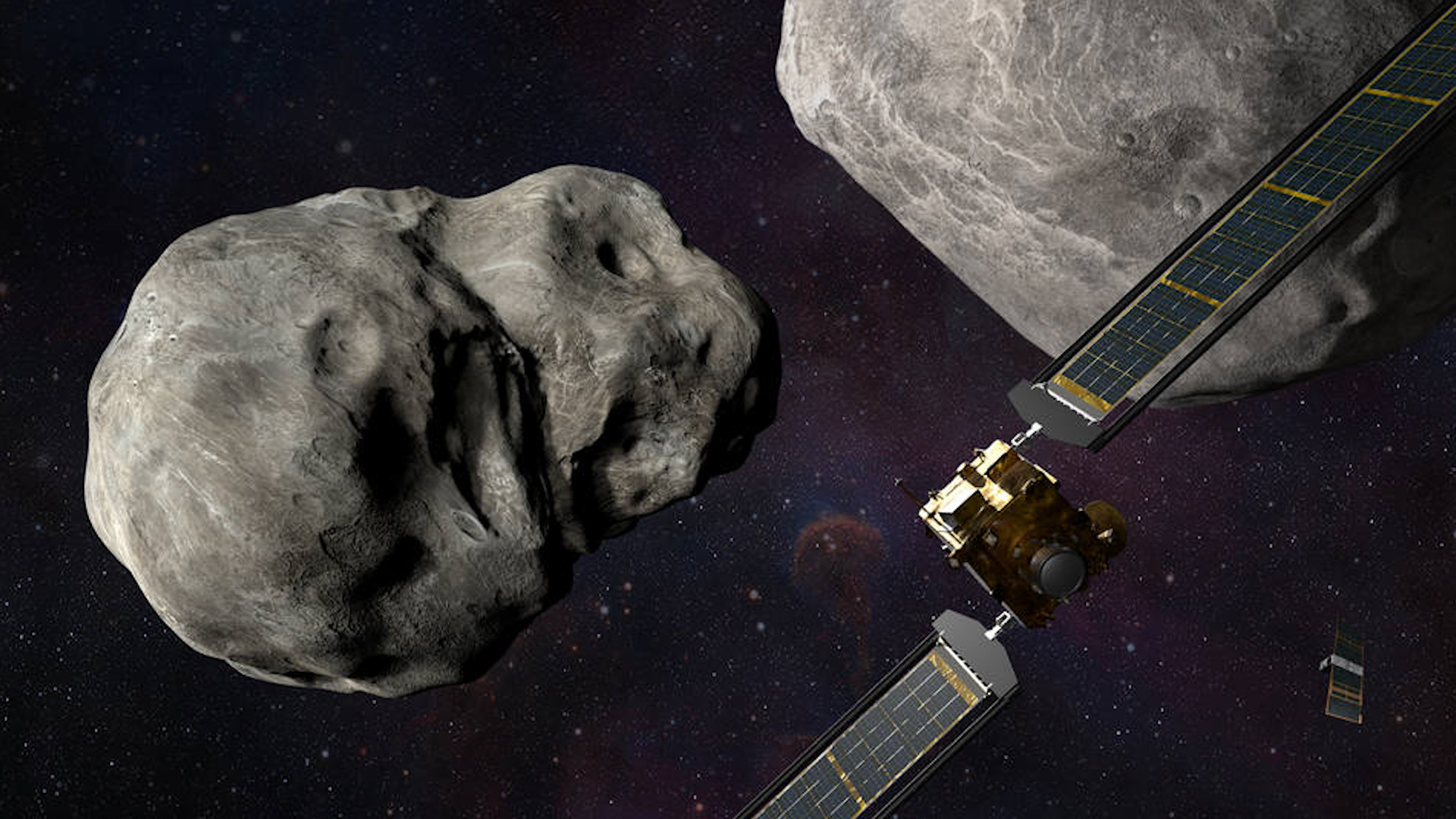
NASA’s Juno spacecraft has made the closest approach to Jupiter’s tantalizing, icy moon Europa in more than 20 years.
Juno on Thursday zipped within approximately 219 miles (352 kilometers) of Europa, thought to have an ocean flowing beneath its thick frozen crust, raising the possibility of underwater life. Scientists hailed the flyby as a success, with four pictures beamed down and released within several hours.
Scientists had hoped to observe possible water plumes shooting from the surface of Europa, close in size to Earth's moon. But none were immediately visible in the initial look.
“We have to be at the right place at just the right time," Juno's chief scientist, Scott Bolton of Southwest Research Institute in San Antonio, said in a statement.
Get top local stories in Philly delivered to you every morning. Sign up for NBC Philadelphia's News Headlines newsletter.

John Bordi, deputy mission manager at NASA’s Jet Propulsion Laboratory, expected the spacecraft to go “screaming by pretty fast,” with a relative velocity of almost 15 miles per second (23.6 kilometers per second).
The first photo from the flyby is a closeup of Europa's equatorial region, crisscrossed by ridges, troughs and possibly an impact crater.
The latest observations will help NASA plan for its Europa Clipper mission, due to launch in 2024 and arrive at the Jovian system in 2030. The European Space Agency also plans close encounters with its Jupiter Icy Moons Explorer, or Juice, lifting off next year.
NASA's former Galileo spacecraft still holds the Europa flyby record, passing within 218 miles (351 kilometers) in 2000.
___
The Associated Press Health and Science Department receives support from the Howard Hughes Medical Institute’s Department of Science Education. The AP is solely responsible for all content.



